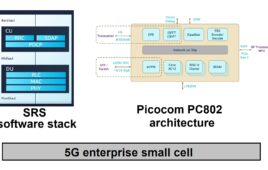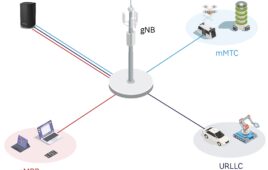5G Technology World talks with Teradyne’s Jeorge Hurtarte, who explains components and over-the-air production test of 5G components.
5G phones, base stations, IoT, and other devices have moved into production, but like everything else, 5G’s mmWave frequencies bring new challenges there, just as they have with design and deployment. For starters, production facilities don’t what to buy hundreds of new automated systems to test production parts. What can production managers and engineers do?
To find out, 5G Technology World spoke with Jeorge Hurtarte Wireless Product Marketing Strategist at Teradyne, a manufacturer of semiconductor automated test equipment (ATE). In the video below, Hurtarte explains how 5G’s mmWave frequencies have created new problems for production test given the roughly 10x increase in frequency from the sub-6 GHz (FR1) band to the 24 GHz to 56 GHz (FR2) band.
While some devices such as transceivers and amplifiers can be tested using traditional ATE systems, going to mmWave means that the interface boards and interconnects from the device under test (DUT) to the ATE instrumentation will incur losses not seen in the FR1 band. “For thirty years, wireless has operated below 6 GHz,” explains Hurtarte, “we now have to work at FR2 frequencies.”
In the interview, Hurtarte explains that because of the high level in integration made possible by the small size of mmWave components, mmWave IC and antennas can now exist in a single module, eliminating test points. Thus, some testing must be performed “over the air” in a chamber.
“How do you decide on the size of the chamber?” asks Hurtarte. “For the answer, you’ll need to understand the Friis equations.” That’s because you need to know if you’re working in the near field or the far field. Understanding Friis equations is just one of the skills engineers will need when adding 5G connectivity to your designs.




Tell Us What You Think!